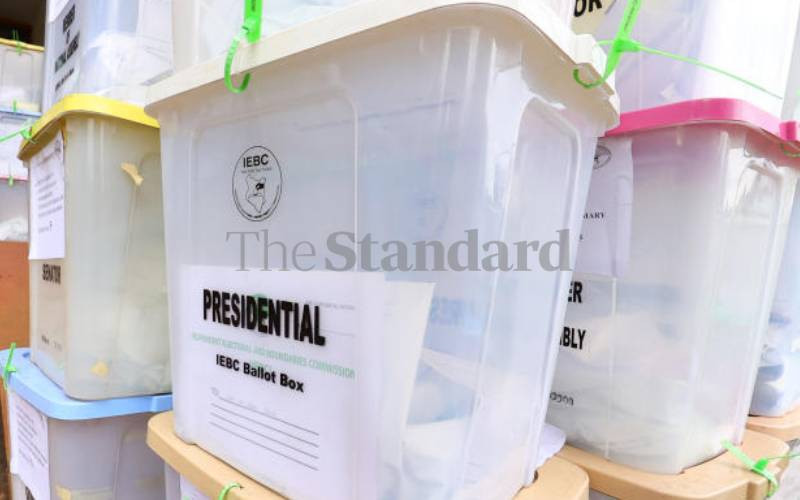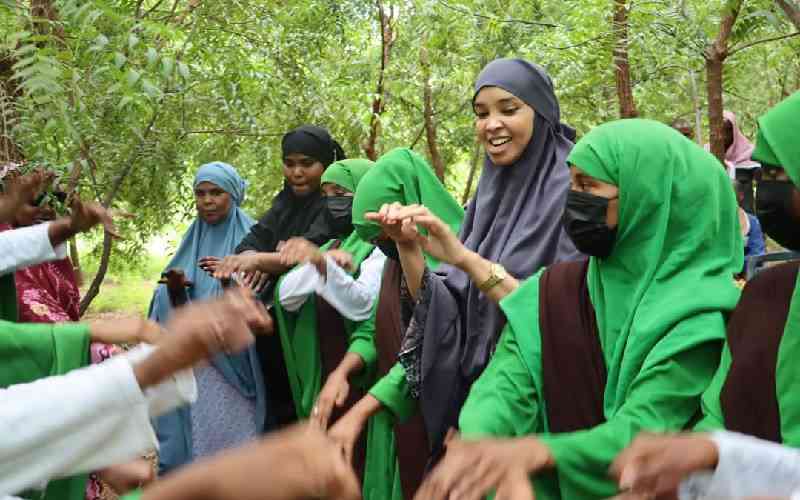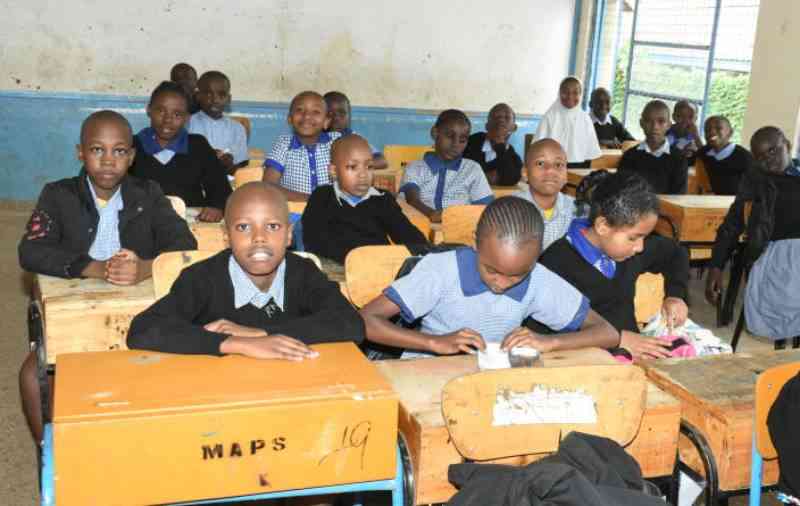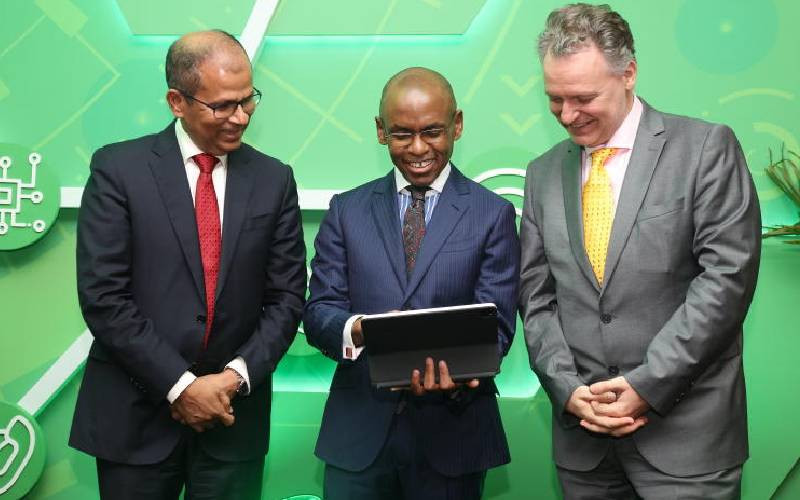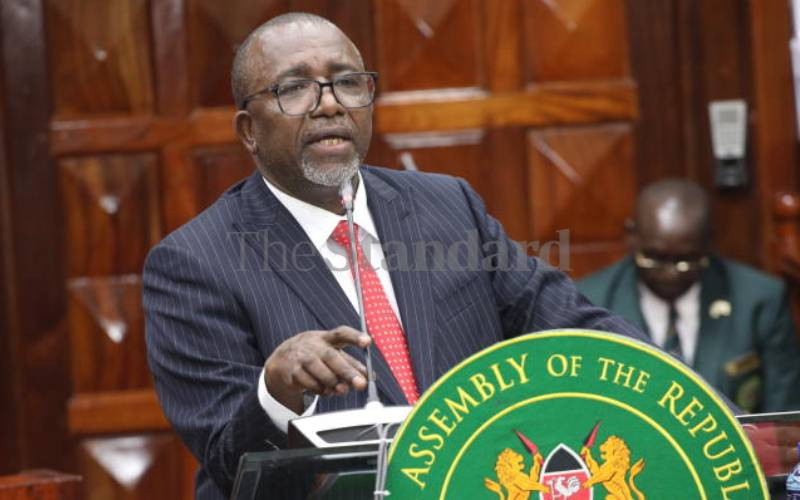Last week, the Government re-affirmed the need for secondary schools to run within the fee ceilings set out in Gazette Notice No. 1555 of March 2015.
According to the notice, day secondary schools were to charge a total of Sh22,244, which includes Sh12,870 capitation from the Government under the Free Day Secondary Education Programme (FDSE) and Sh9,374 from parents. Boarding secondary schools are to charge Sh66,424, which includes Sh12,870 capitation from Government and Sh53 and 55 from parents. Special schools are to charge Sh69,810, which includes Sh32,600 capitation and 37,210 from parents.
In reaffirming the fees guidelines, Education Cabinet Secretary Fred Matiang’i observed: “Boards of Management in schools are expected to run schools within the set ceilings with austerity measures in place to ensure that the cost of education is affordable to all parents in order to achieve access and quality education for all children.”
And Government commitment to guaranteeing education is not necessarily to serve the interests of children and their parents. Rather, it is in the interest of the Government that all school-going children access basic education. Governing an educated citizenry is comparatively cheaper than governing an illiterate one. The gains from the education of a child accrue not only to the child or to his parents but to other members of the society; the education of my child contributes to other people’s welfare by promoting a stable and democratic society.
Nobel prize-winning economist Amartya noted during the Commonwealth education conference, Edinburgh, in 2003, that the most basic issue in basic education relates to the elementary fact that illiteracy and innumeracy are forms of insecurity in themselves.
It is for this reason that great economic and social thinkers have championed education for all whenever they have directed their minds on matters education. They discern it an effective tool of forging the stability and prosperity of nations.
That is why the Government has undertaken in principle to provide free and compulsory education to children under age 18, has invested in employment of teachers and has invested in infrastructural development of public schools.
That is why it is spending billions of shillings on Free Primary and Free Day Secondary Education programmes and has pledged to make Secondary Education completely free in the next three years.
That calls for prudent utilisation of the resources that the Government is providing and also the realistic fees guidelines that it gazetted following the Secondary School Fees Task force Report, which was chaired by Dr Kilemi Mwiria.
The Task Force Report noted that free secondary education is possible and this will be made possible through efficient utilisation of resources, employment of stringent cost-cutting measures and enhanced accountability in utilisation of funds, among others.
There are many obstacles the Government has to grapple with in ensuring access of children to free and compulsory education. Despite the obstacles, parents everywhere would, if they have the ability, get their children into school. However, the economic circumstances of the families often make it very hard for them to send their children to school, particularly when there are fees to be paid.
The Government has made massive interventions to address the obstacle regarding affordability. The employment of thousands of teachers, even though we need more to meet the shortage, capitation to students and other infrastructural support to schools and the support it is receiving from development partners, has helped to cut the burden on households in securing quality basic education for their children.
Kenya is party to a number of International Treaties and Instruments, notable among them the Global Goals for Sustainable Development(SDGs)—the successors international convention to Education for All and the Millennium Development Goals (MDGs). Kenya undertook to ensure that by 2030, inclusive and equitable quality education and lifelong learning opportunities would be available for all.
The policies, programmes and initiatives the Government has undertaken on education aim at ensuring that children not only get into primary schools, but that once there, they are able to transit to secondary school without hindrance.
The transition rate from primary to secondary is now over 77 per cent. The policy underpinning the gazette Notice on Secondary Fees Guidelines is to ensure completion rate of students in high school improves and if possible to over 90 per cent.
Stay informed. Subscribe to our newsletter
Astronomical levels of secondary education fees can easily lead to students dropping out. Other students miss valuable instructional hours away from school when they are asked to secure fee balances from parents.
Added to this is the anxiety of that highly motivated student who never settles down knowing that the probability of finishing high school is not guaranteed from lack of fees.
 The Standard Group Plc is a
multi-media organization with investments in media platforms spanning newspaper
print operations, television, radio broadcasting, digital and online services. The
Standard Group is recognized as a leading multi-media house in Kenya with a key
influence in matters of national and international interest.
The Standard Group Plc is a
multi-media organization with investments in media platforms spanning newspaper
print operations, television, radio broadcasting, digital and online services. The
Standard Group is recognized as a leading multi-media house in Kenya with a key
influence in matters of national and international interest.
 The Standard Group Plc is a
multi-media organization with investments in media platforms spanning newspaper
print operations, television, radio broadcasting, digital and online services. The
Standard Group is recognized as a leading multi-media house in Kenya with a key
influence in matters of national and international interest.
The Standard Group Plc is a
multi-media organization with investments in media platforms spanning newspaper
print operations, television, radio broadcasting, digital and online services. The
Standard Group is recognized as a leading multi-media house in Kenya with a key
influence in matters of national and international interest.

